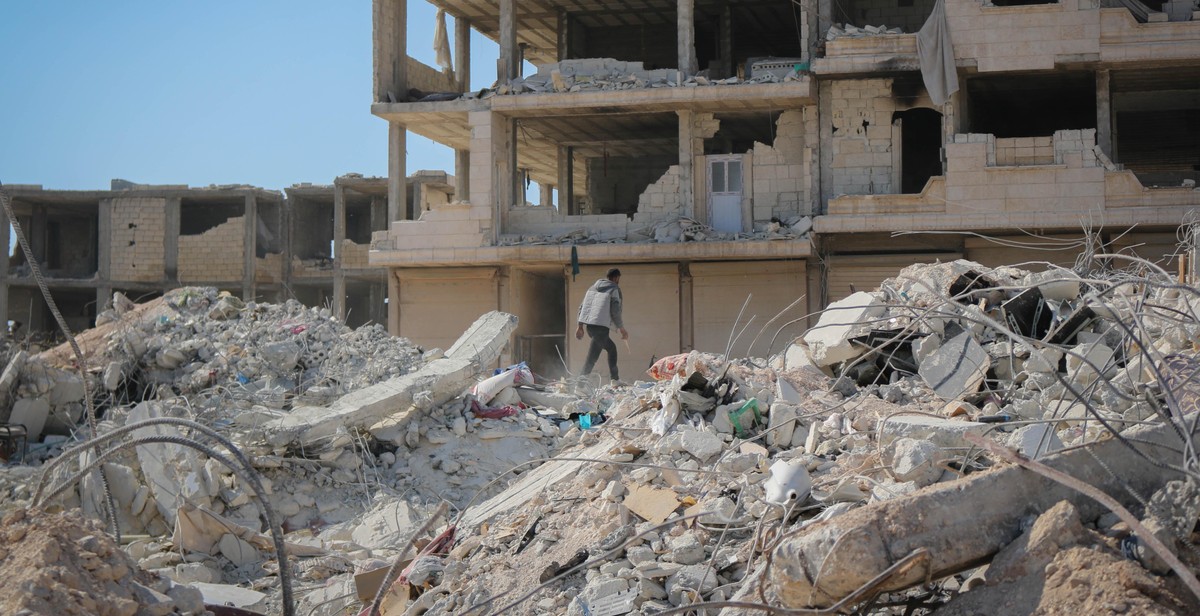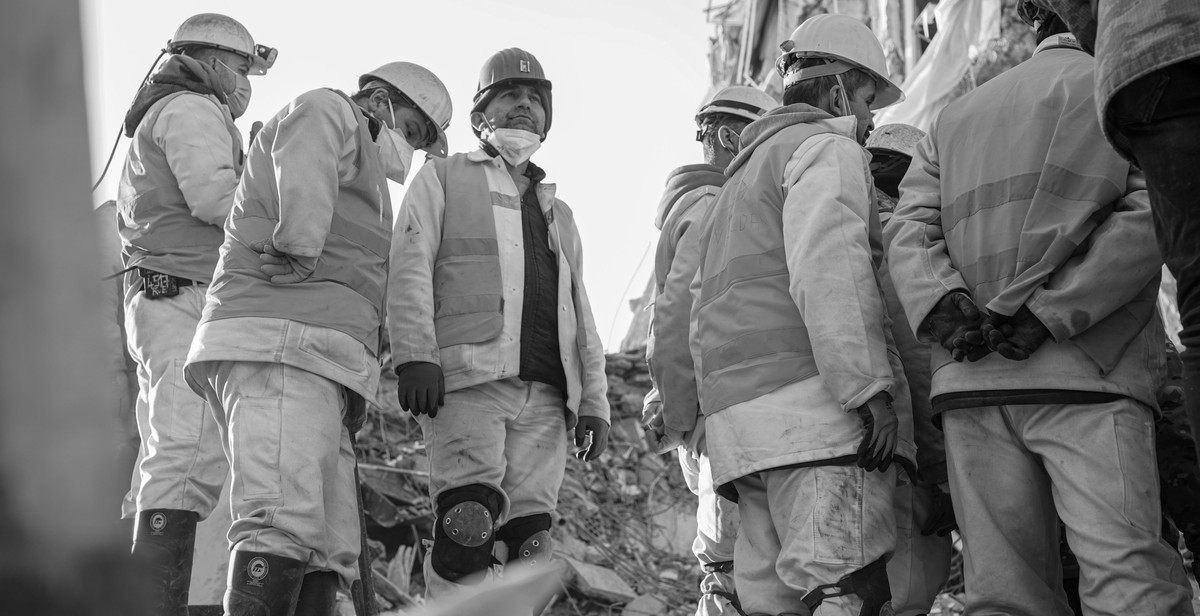How to Identify Earthquake-prone Areas: Understanding Geological Risk Factors
As a professional article writer and content creator with years of experience, I know that earthquakes are one of the most devastating natural disasters that can occur. They can lead to loss of life, destruction of property, and economic loss. Therefore, it is essential to understand the geological risk factors that make some areas more prone to earthquakes than others. In this article, I will discuss how to identify earthquake-prone areas and the geological risk factors that contribute to earthquakes.
What is an earthquake?
An earthquake is a sudden and violent shaking of the ground caused by the movement of tectonic plates. Tectonic plates are massive slabs of rock that make up the Earth’s crust. When these plates move against each other, they create seismic waves that cause the ground to shake. The severity of an earthquake is measured on the Richter scale, which ranges from 1 to 10.
Why do earthquakes occur?
Earthquakes occur due to the movement of tectonic plates. When these plates move against each other, they create friction, which causes the plates to become stuck. As the plates try to move past each other, they release energy in the form of seismic waves, which causes the ground to shake.
Identifying earthquake-prone areas
There are several geological risk factors that contribute to earthquakes, including the location of tectonic plates, the type of soil, and the proximity to fault lines. By understanding these risk factors, we can identify earthquake-prone areas and take necessary precautions to prepare for potential earthquakes.
- Tectonic plates
- Soil type
- Fault lines
In the following sections, I will discuss each of these factors in more detail and how they contribute to earthquakes.

What are Earthquake-prone Areas?
Earthquake-prone areas are regions that are more susceptible to experiencing earthquakes than others. These areas are characterized by geological risk factors such as faults, tectonic plates, and seismic activity. Earthquakes occur when there is a sudden release of energy from within the earth’s crust, causing the ground to shake and potentially causing damage to buildings and infrastructure.
Definition of Earthquake-prone Areas
Earthquake-prone areas are defined as regions that are susceptible to experiencing earthquakes due to their location and geological characteristics. These areas are typically located near fault lines, tectonic plate boundaries, or areas with high seismic activity. The level of risk in earthquake-prone areas can vary depending on the severity and frequency of earthquakes in the region.
Importance of Identifying Earthquake-prone Areas
Identifying earthquake-prone areas is crucial for disaster management and preparedness. Understanding the geological risk factors that contribute to the likelihood of earthquakes can help individuals and communities take necessary precautions to mitigate damage and loss of life. For example, building codes and construction standards can be designed to withstand seismic activity in earthquake-prone areas. Additionally, emergency response plans and evacuation routes can be established to ensure the safety of individuals in the event of an earthquake.
Identifying earthquake-prone areas can also aid in scientific research and understanding of earthquakes. By studying the geological characteristics of these regions, scientists can gain insight into the causes and effects of earthquakes, potentially leading to advancements in earthquake prediction and prevention.
| Region | Geological Risk Factors |
|---|---|
| California, USA | San Andreas Fault, Pacific Plate boundary |
| Japan | Ring of Fire, subduction zones |
| Indonesia | Ring of Fire, subduction zones |
Examples of earthquake-prone areas include California, USA, Japan, and Indonesia. These regions are located near fault lines and tectonic plate boundaries, making them susceptible to seismic activity and earthquakes.

Geological Risk Factors
Understanding geological risk factors is crucial to identifying earthquake-prone areas. There are three main factors that contribute to the risk of earthquakes: tectonic plates, fault zones, and seismic waves.
Tectonic Plates
Tectonic plates are large pieces of the Earth’s crust that move and interact with each other. The movement of these plates can cause earthquakes, as they push against each other or slide past each other. The edges of these plates are called plate boundaries, and they are areas of high seismic activity.
There are three types of plate boundaries: divergent, convergent, and transform. Divergent boundaries occur when two plates move away from each other, creating a rift. Convergent boundaries occur when two plates collide, causing one plate to subduct under the other. Transform boundaries occur when two plates slide past each other horizontally.
Fault Zones
Fault zones are areas where tectonic plates meet and create fractures in the Earth’s crust. These fractures can cause earthquakes when the plates move along them. There are two types of fault zones: normal faults and thrust faults. Normal faults occur when the plates move away from each other, causing one side of the fault to drop down. Thrust faults occur when one plate is pushed over the top of another plate.
Seismic Waves
Seismic waves are the vibrations that travel through the Earth’s crust during an earthquake. There are two types of seismic waves: body waves and surface waves. Body waves travel through the Earth’s interior and are faster than surface waves. Surface waves travel along the Earth’s surface and are responsible for the damage caused by earthquakes.
- Primary waves (P-waves) are compressional waves that travel through the Earth’s interior.
- Secondary waves (S-waves) are transverse waves that travel through the Earth’s interior.
- Love waves and Rayleigh waves are types of surface waves that travel along the Earth’s surface.
Understanding these geological risk factors is essential to identifying earthquake-prone areas. By analyzing the movement of tectonic plates, the location of fault zones, and the type of seismic waves present, scientists can predict the likelihood of earthquakes occurring in a particular area.
| Tectonic Plates | Fault Zones | Seismic Waves |
|---|---|---|
| Divergent | Normal Faults | P-waves |
| Convergent | Thrust Faults | S-waves |
| Transform | Love Waves, Rayleigh Waves |

Identifying Earthquake-prone Areas
Living in an earthquake-prone area can be a significant concern for many people. In order to understand the geological risk factors associated with earthquakes, several methods can be used to identify areas that are more susceptible to earthquakes. These methods include geological surveys, historical earthquake data, and building codes and regulations.
Geological Surveys
Geological surveys are a valuable tool for identifying earthquake-prone areas. These surveys can provide information about the geology of an area, including the types of rocks and soil present, as well as the potential for seismic activity. By analyzing the data collected from geological surveys, scientists can identify areas that are more likely to experience earthquakes.
Historical Earthquake Data
Another way to identify earthquake-prone areas is by analyzing historical earthquake data. By studying the frequency and severity of earthquakes in a particular area, scientists can identify patterns and trends that can help predict future seismic activity. This information can also be used to create earthquake hazard maps that show areas that are most at risk for earthquakes.
Building Codes and Regulations
Building codes and regulations are also an important factor in identifying earthquake-prone areas. In areas with high seismic activity, building codes are designed to ensure that structures are built to withstand earthquakes. By analyzing these building codes and regulations, it is possible to identify areas that are more prone to earthquakes and to ensure that buildings in these areas are constructed to meet the necessary safety standards.
- Geological surveys can provide valuable information about the geology of an area and the potential for seismic activity.
- Historical earthquake data can be used to identify patterns and trends in seismic activity and create earthquake hazard maps.
- Building codes and regulations are designed to ensure that structures in earthquake-prone areas are built to meet safety standards.
| Method | Advantages | Disadvantages |
|---|---|---|
| Geological Surveys | Provides detailed information about the geology of an area | Can be expensive and time-consuming |
| Historical Earthquake Data | Can identify patterns and trends in seismic activity | May not be accurate for predicting future seismic activity |
| Building Codes and Regulations | Ensures that structures in earthquake-prone areas are built to meet safety standards | May not apply to older buildings that were constructed before the codes were established |

Conclusion
Earthquakes can be devastating, and it is crucial to understand the geological risk factors associated with certain areas to prevent loss of life and property damage. By identifying earthquake-prone areas, we can take measures to reduce the impact of earthquakes and prepare for them in advance.
Factors to Consider
- Location of major fault lines
- Proximity to active volcanoes
- Soil type and composition
- History of earthquakes in the area
By analyzing these factors, we can determine the level of seismic hazard in a particular region and take appropriate measures to mitigate the risk. This can include retrofitting buildings, creating emergency plans, and investing in earthquake-resistant infrastructure.
Stay Prepared
Earthquakes can strike without warning, and it is essential to have a plan in place to protect yourself and your loved ones. This can include creating an emergency kit, securing furniture and belongings, and knowing how to safely evacuate a building.
Remember, identifying earthquake-prone areas is only the first step in earthquake preparedness. By staying informed, taking preventative measures, and having a plan in place, we can minimize the impact of earthquakes and keep ourselves and our communities safe.
